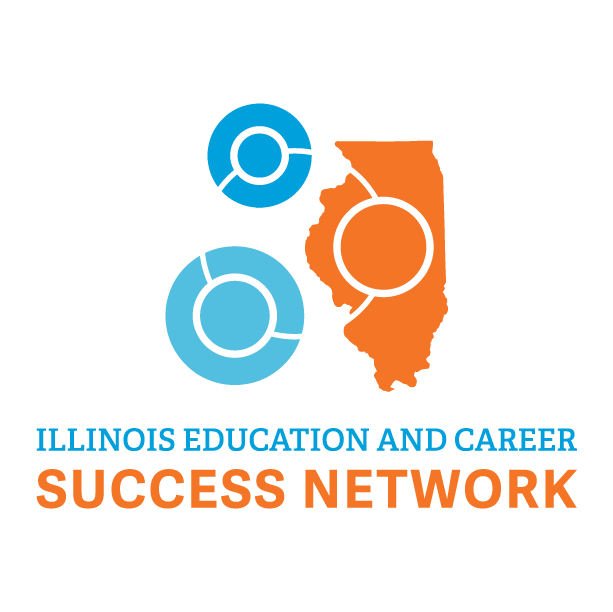Innovate Springfield Joins University of Illinois Springfield and Becomes First Hub of Illinois Innovation Network
Innovate Springfield, the intermediary organization for the Sangamon County Continuum of Learning, is now a unit of the University of Illinois Springfield and has been named as the first hub of the statewide Illinois Innovation Network.

